Next-Generation VR headsets: What's missing?
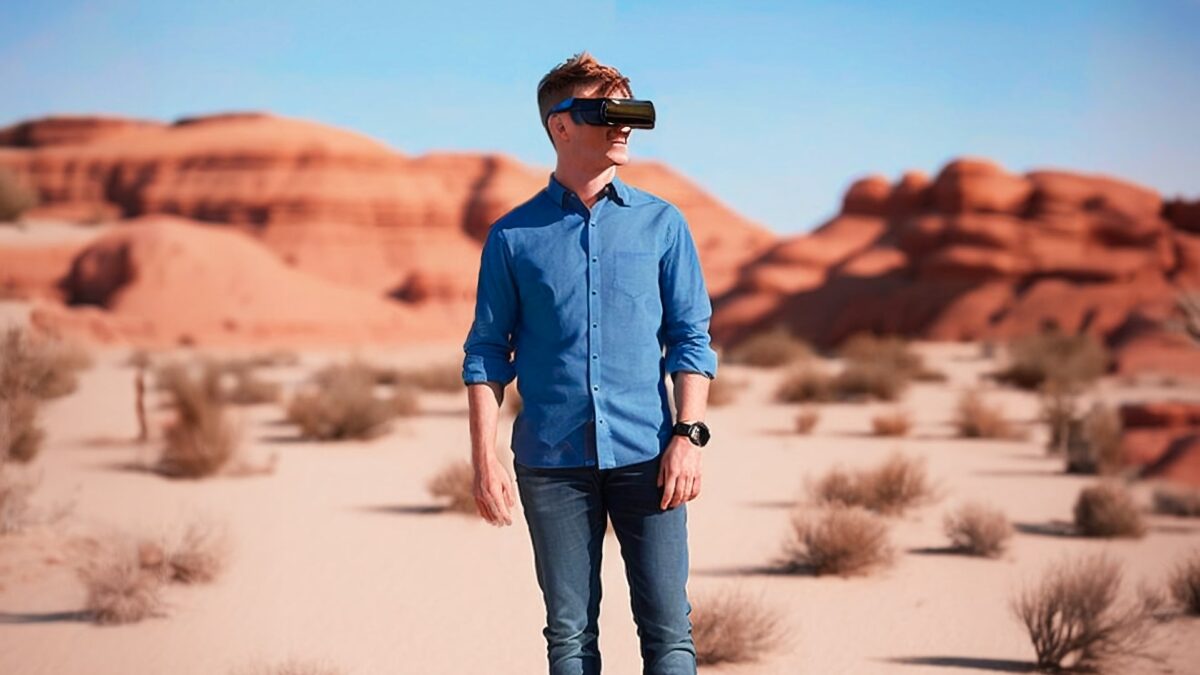
Next-gen VR headsets have arrived, but something is missing, and buyers' regret is beginning to become a common theme with premium headsets.
Opinion piece
When Meta released its Quest Pro in October 2022, it set a new standard for VR headsets, with pancake lenses and miniLED backlighting to improve the display quality, adding full-color mixed reality, along with eye and face-tracking. These advances came with tradeoffs, unfortunately.
Most next-gen VR headsets aim to match these specifications while keeping prices within reach of a growing customer base. Virtual reality is still considered a fringe technology by many people.
Sony's Playstation VR 2 and HTC's Vive XR Elite are available now. At least seven more advanced VR headsets are coming in 2023. The question remains if any will solve the new issues that have come to light with the latest technology.
Uncomfortable truths
Discomfort is a problem that has persisted since the earliest VR headsets. For many years, we've accepted that only an hour or two in VR is bearable unless you've developed a tolerance to motion sickness, various visual errors, and face pressure.
That needs to change, and next-generation headsets could finally make a difference. So far, that hasn't been the case.
Meta seemed satisfied with the Quest Pro's design, describing it as having "Premium Comfort" so you can stay in VR longer. The unique design removes all face pressure since the front visor hovers in front of your eyes, which sounds great in theory.
In reality, many reviewers complained about significant forehead pressure that became painful after about an hour. The front pad is small, dense, and curved in a way that doesn't match the shape of some foreheads, mine included. Third-party accessories might help with comfort, but that shouldn't be necessary.
The Pico 4 has reduced weight, easing facial pressure, but rigid pads and an unstable head strap that you can't replace make this design less comfortable than earlier models.
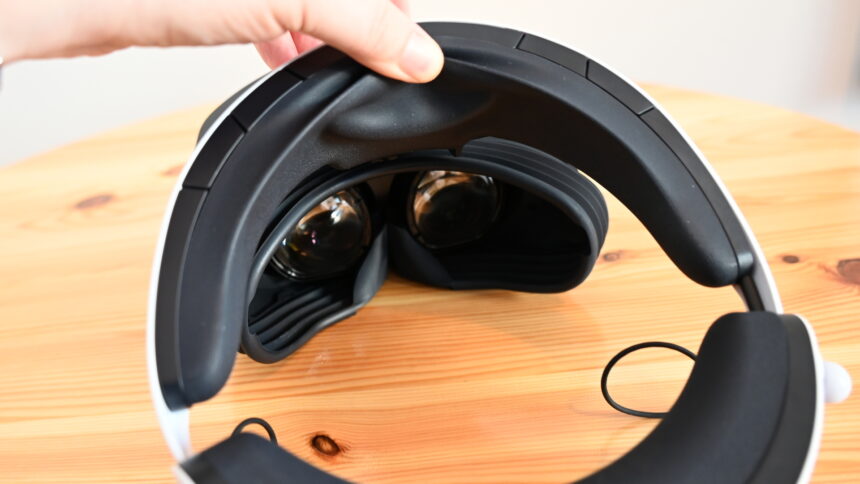
When worn, the forehead presses directly onto the PSVR 2's less comfortable inner workings. | Image: MIXED
Sony's Playstation VR 2 significantly upgrades visual quality, but variations in head sizes and shapes needed more consideration. As with the Meta Quest Pro, the PSVR 2 forehead pad causes painful red marks on some people.
Instead of pushing forward with more universally acceptable solutions, the latest designs from Meta, Pico, and Sony satisfy a subset of the population.
Comforting solutions
Hope should not be lost, however. HTC's Vive XR Elite impressed early reviewers with a comfortable and uniquely customizable design.
The rear battery and strap can be replaced with earpieces, giving the headset an ultra-light, glasses-like form factor. If you order the Vive XR Elite's more open MR Face Gasket, it matches the visibility and breathability of a Quest Pro.
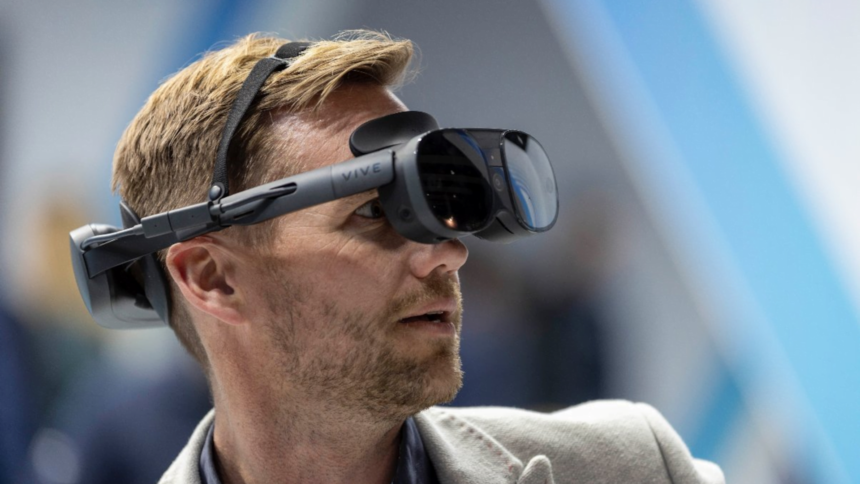
An optional small forehead pad turns the Vive XR Elite into an open headset in the style of the Quest Pro or Lynx R-1. | Image: HTC Vive
A perfect solution won't exist for many years, maybe never. A modular system, however, allows the customer the freedom to maximize their own comfort with accessories.
An entirely different but intriguing approach comes from Bigscreen VR. The manufacturer individually tailors the Beyond headset for each user. The IPD is preset to your eye spacing, and the custom-formed facial interface matches the contours of your face.
Pre-release testing suggests painless, long-term use is possible with the super lightweight, custom-fitted Bigscreen Beyond headset.
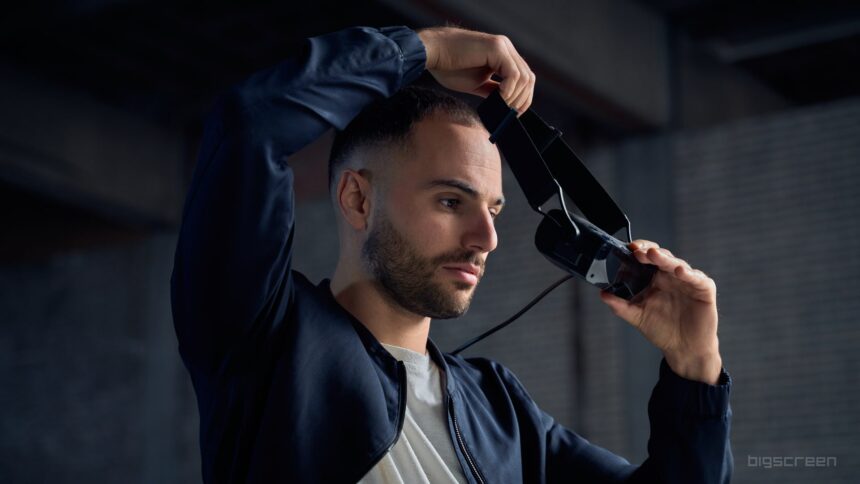
A man putting on Bigscreen Beyond VR headset. | Bild: Bigscreen, Inc.
You need access to an iPhone with FaceID to perform the scan. You can buy additional facial interfaces, but usage is limited to people with similar IPDs.
Modular designs with replaceable head straps and pads could help ease the pressure on the foreheads and faces of VR headset owners. Even better, including a few different shapes and densities for forehead pads and facial interfaces would provide options. One size fits all doesn't work.
Feature overload, untapped potential
Manufacturers often overload next-generation VR headsets with advanced features that serve little purpose in games and apps. Developers won't invest heavily in technology that reaches a small subset of their customers. It's up to manufacturers to support these new features, incentivize their use, or fund development.
The Meta Quest Pro is a perfect example. It includes eye and face-tracking, an expensive technology. It's almost exclusively used to animate avatars. Considering the lack of interest in Horizon Worlds and Horizon Workrooms, I believe most customers would have preferred a lower price. Eye-tracking can facilitate foveated rendering and serve as user input, but few developers bother since the Quest 2 lacks this technology.
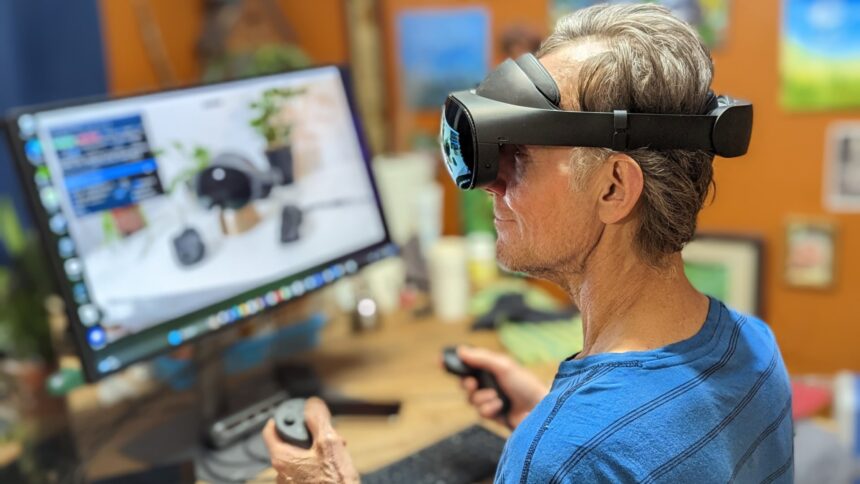
Alan Truly uses a Quest Pro to see a NeRF in PC VR. | Image: MIXED
The Quest Pro supports mixed reality mode with color passthrough, but most Quest users will see a low-resolution, monochrome passthrough that is rarely worth using. The Pico 4 and HTC Vive XR Elite have similar capabilities, and the Quest 3 might bring a low-cost option to North America in the fall. In the meantime, only a few games support mixed reality.
Manufacturer support and modular design
In contrast, Sony's eye-tracking is standard on its primary headset, the Playstation VR 2. Since it's a common feature, not reserved for a select few users, developers will use eye-tracking. Sony launched the PSVR 2 with games that include foveated rendering and eye-tracking for menu selection.
HTC will provide a modular solution with an eye and face-tracking accessory expected to arrive later this year. Since this isn't a standard feature, it might not be widely supported by software. On the other hand, HTC didn't add unnecessary costs to the Vive XR Elite headset at launch. Customers that want this feature will have that option.
Focused efforts
In summary, there have been some intriguing developments in VR technology in the past several months, but the perfect solution remains elusive. More focus is needed.
When Meta launched its productivity headset, the Quest Pro, it needed to support the hardware on day one with professional apps and system software. Instead, it still runs the same software as the Quest 2.
The Pico 4 felt like an answer to Meta's next-generation headset, but what's really needed is a more complete Pico app library and a global launch to attract more developers.
Sony's PSVR 2 started with very strong reviews, both for hardware and games. Despite recent complaints about comfort and motion blur, it's the best option for PS5 owners, and the company's focus on specific details has paid off.
Bigscreen VR aims to make the ultimate PC VR solution for its Bigscreen Beta streaming software and designed a remarkably small, light headset with an ultra-high-resolution display. The unique custom-fitted design could make Bigscreen Beyond a leader in comfort as well.
This laser focus should be the goal of every manufacturer. Know your audience and design for them. If hardware support is uncertain, make it an option instead of raising the price of every headset.
More VR headsets arriving
Pimax has two new headsets arriving soon. The Pimax Crystal aims for the bleachers with a standalone option and specifications that place it near the top in many categories. How well Pimax and developers will support these features is unknown. The Pimax Portal takes a different approach, a low-cost, hybrid hand-held with a VR mode. How many games will work in each form factor?
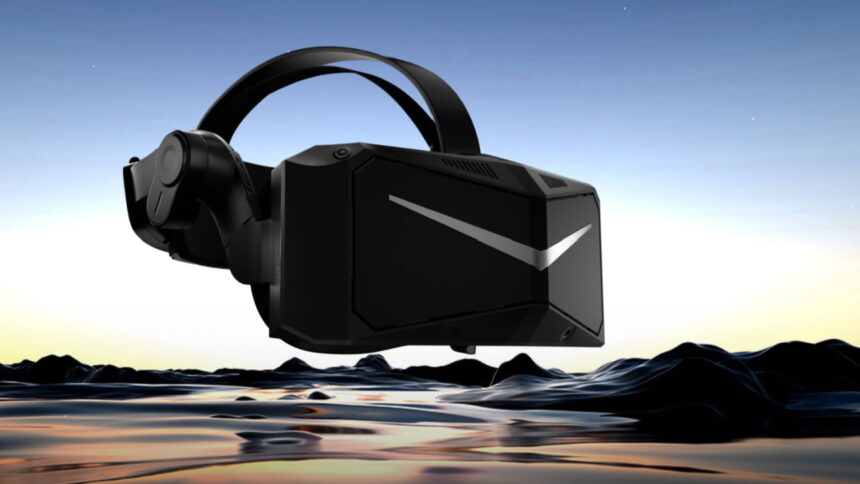
The high-end Pimax Crystal mobile VR headset. | Image: Pimax
The Lynx R1 has a commendable focus on mixed reality. The flip-up visor allows you to keep the headset on. Hand-tracking is the default method of interaction, another bold choice, but will the headset have enough apps available to justify the purchase?
The most significant change coming to VR could be the arrival of Apple's XR headset this fall. More than any current VR manufacturer, Apple understands how important it is to maintain focus and support its hardware with a robust ecosystem. Of course, that's much easier to do with Apple's resources and brand strength.
On day one, Apple's headset will have a dedicated operating system built specifically for its features. It will, no doubt, have several impressive apps in the XR app store. The headset will seamlessly interface with other Apple hardware, demonstrating its value to the customer.
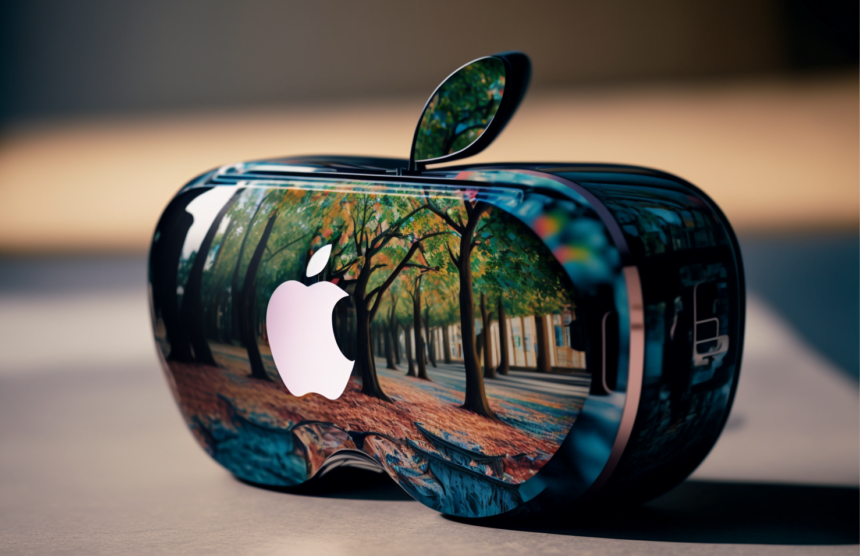
Apple reporter Mark Gurman is nevertheless certain: 2023 will be the year of Apple Reality. | Image: Midjourney prompted by MIXED
A focused approach with solid support for hardware features, enough games and apps to justify the purchase, and a modular design for added flexibility and comfort is an equation for success. The next generation of VR headsets must check as many boxes as possible to succeed in the increasingly crowded, premium VR headset marketplace.
Note: Links to online stores in articles can be so-called affiliate links. If you buy through this link, MIXED receives a commission from the provider. For you the price does not change.